How to Sell T-shirts on Amazon: Your One-Stop Guide
How to Sell T-shirts on Amazon: Your One-Stop Guide
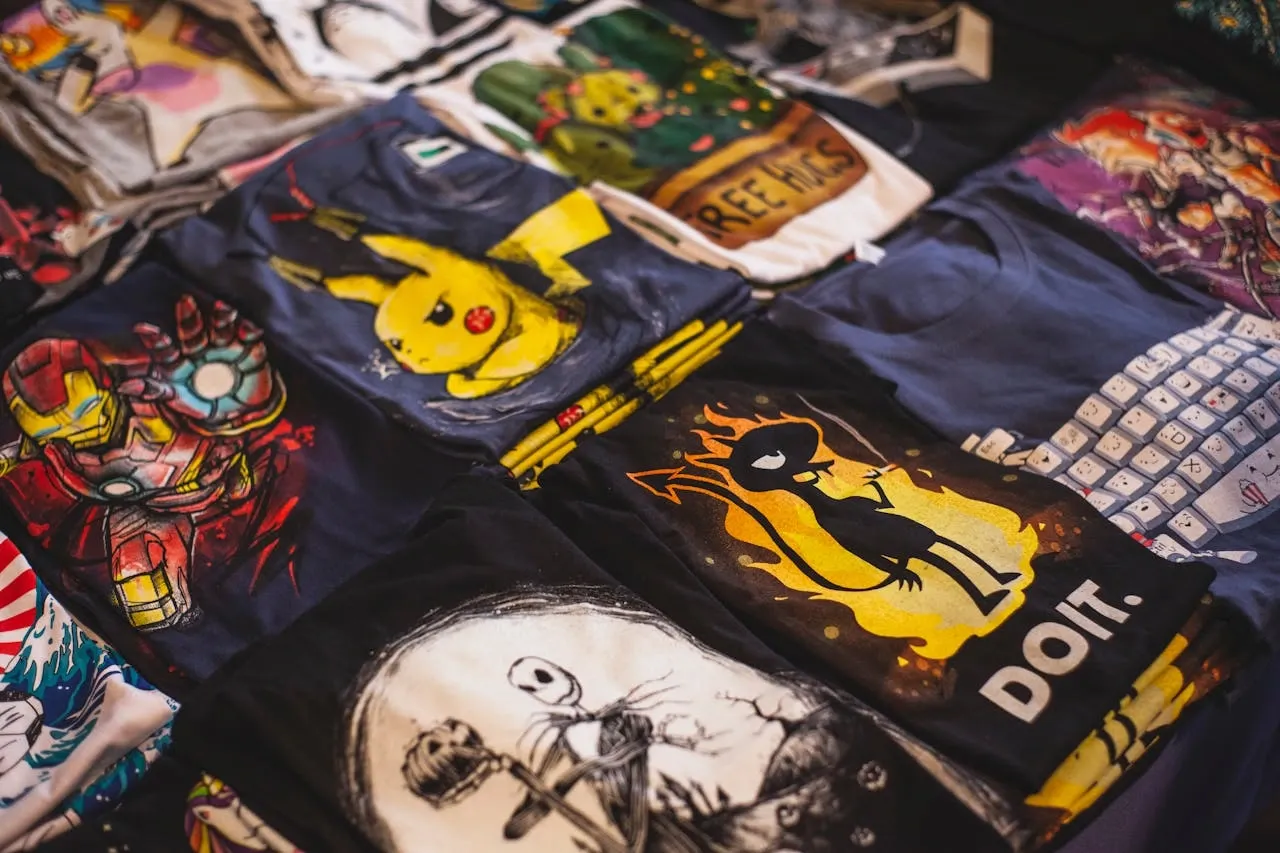
Introduction
The t-shirt industry has become a massive opportunity, with a market revenue of $46.99 billion in 2025. With such a significant rise in revenue, t-shirt sellers are only worried about the right platform. Amazon, being an E-commerce giant, is often their first option.
Amazon has generated over $155.7 billion in net sales in Q1 alone, with 9.7 million registered and 1.9 million active sellers, plus 550 new sellers joining each day. The competition is cutthroat but substantially rewarding.
In this article, we will talk about why and how you can start your own e-commerce store on Amazon with our expert guidance.
Key Takeaways
Focus on niche-specific designs: Successful sellers create designs that speak directly to their audience.
Leverage print-on-demand: Integrating with POD suppliers can eliminate inventory management and upfront costs.
Amazon Professional Plan: Switch to the Professional plan if you plan to list more than 40 items.
The Power of Mockups: Utilize professional mockup tools like Modor.io to make your products stand out on Amazon.
Protect your designs: Use the Amazon brand registry to save your designs from copycats and counterfeiters.
Why Choose Amazon to Sell T-shirts
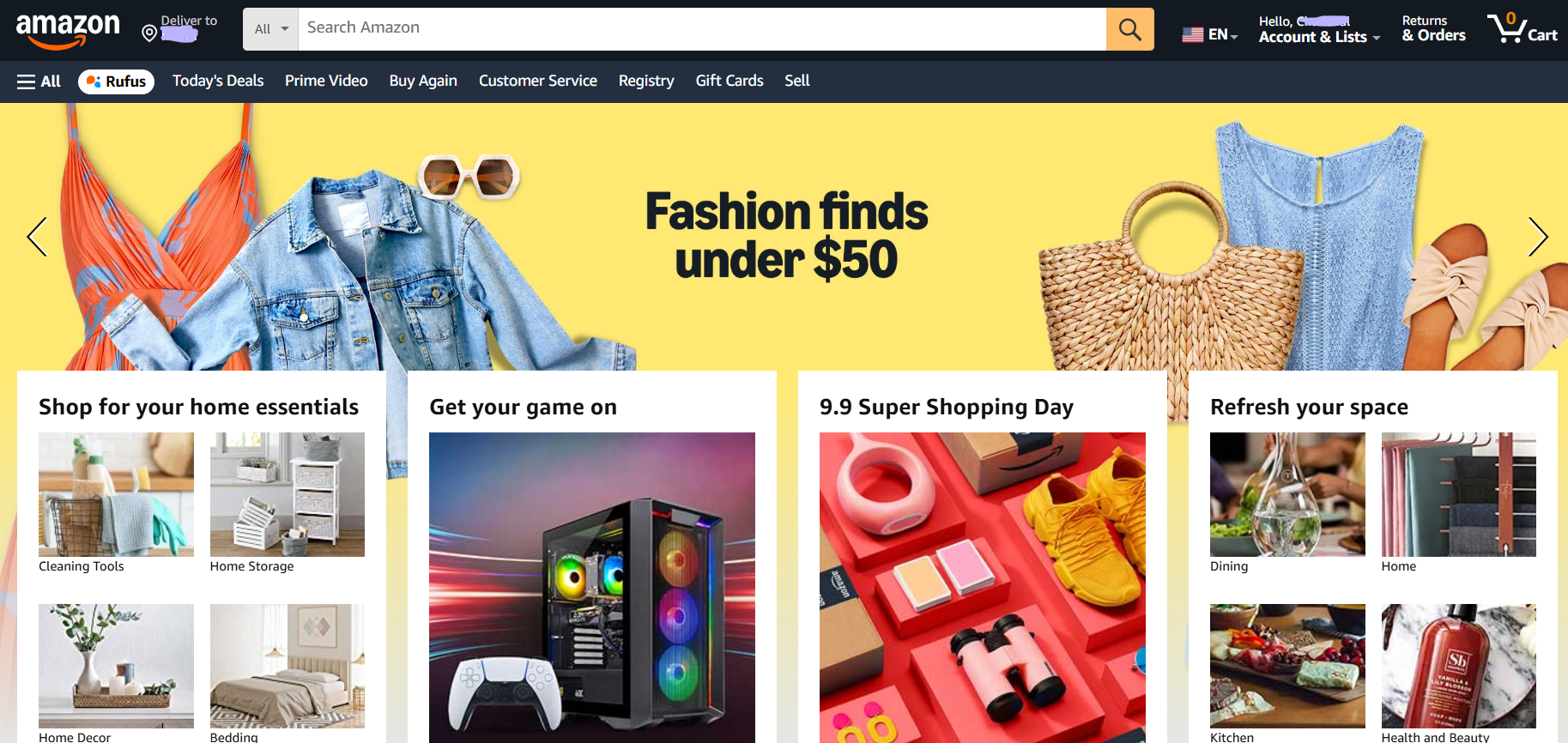
Amazon offers unparalleled advantages for t-shirt sellers that no other platform can match. With a global reach of 310+ million customers worldwide, you can access markets that would be nearly impossible on your own.
Amazon’s strong brand reputation can help build buyer confidence. Customers are more willing to trust new or unknown sellers solely because Amazon guarantees it.
Understanding the Competitive Landscape
To set up a successful online t-shirt business, you must know who you are up against. With 1.9 million active sellers, you need a foolproof strategy to stand out from the competition.
The top-performing t-shirt categories on Amazon are vintage designs, anime designs, and sports merchandise. These niches became popular because they targeted a highly engaged and passionate audience.
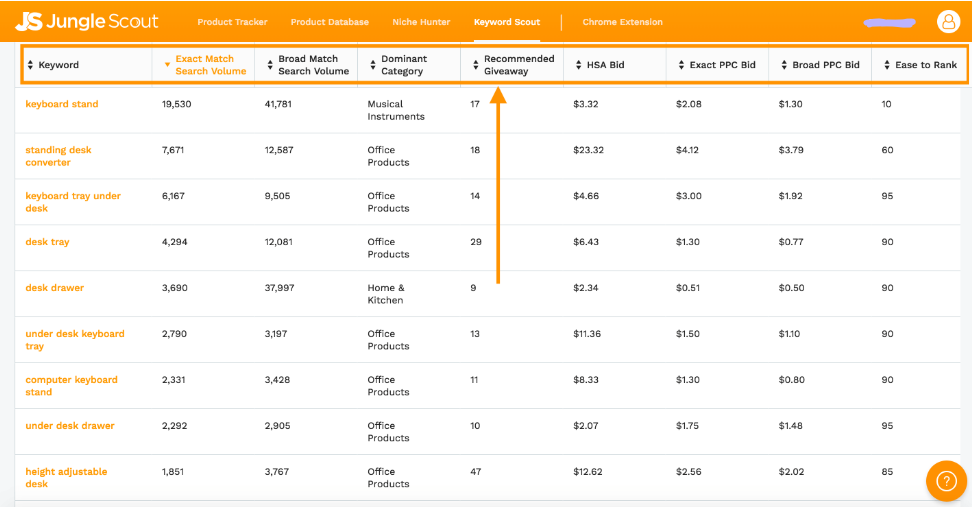
To stay ahead of the competition, smart sellers use research and analysis tools like Helium 10, Jungle Scout, and AMZScout. These tools are widely used for competitive analysis. You can analyze competitor pricing, find profitable keywords, and even estimate sales volumes.
Revenue Potential and Market Opportunities
Amazon’s vast and diverse customer base can bring substantial rewards if you are dedicated enough. For instance, the average Amazon seller in the U.S. brings in about $230,000 in annual sales, which is eye-catching enough to get started.
Compared to traditional retail, which typically has profit margins of 10-20%, print-on-demand offers significantly higher profit margins, often ranging from 40 to 60%.
[insert an image of Amazon's growth potential]
Seasonal trends provide predictable revenue increases. While holiday-themed designs predominate in November and December, summer-themed designs reach their peak between June and August. You can take advantage of these trends and increase your revenue by organizing your designs months in advance.
Prime Day presents yet another enormous opportunity. The event's ability to generate massive sales for small businesses was demonstrated in 2024 when independent sellers sold over 200 million items.
Key Success Factors
Behave Like a Content Engine: Do not sit and simply enumerate one or two designs and walk away. The successful sellers introduce 5-10 new designs per week.
Expertise SEO: Search Engine Optimization (SEO) is not negotiable. Identify the appropriate keywords using tools such as Cerebro by Helium 10 and place them in the natural context of your titles and descriptions.
Customer Service: It is essential to respond to customer inquiries within a 24-hour time frame. Bad customer service will turn your account health and visibility into a nightmare in a short time.
Ensure Quality: Cooperate with reputable print-on-demand (POD) companies, such as Printful, Printify, and Gooten. The only factor that matters in terms of customer satisfaction and long-term success is consistent product quality.
Setting Up Your Amazon Seller Account
[insert an image here]
The first step is to pick a plan for your t-shirt business.
Individual vs Professional Plan
Individual Plan: This plan is suitable because you will sell fewer than 40 items per month at $0.99 each. But its weakness is very evident when your business starts expanding.

Professional Plan: This plan costs $39.99/month until you sell over 40 items, at which point it becomes profitable. It unlocks crucial capabilities, such as bulk listing and access to advertising, and above all, the GTIN exemption, which will save you hundreds of dollars on UPCs for each new design.
When starting a business, the Professional plan is ideal when you are serious about your venture.
Registration and Verification
To register, you'll need:
A government-issued ID
Business license (where applicable)
Tax information
A bank account that is similar to your registered business name.
This is because verification usually requires 24-48 hours, although it may take more. Make sure that you present the correct information to avoid delays.
How to Register Your Amazon Seller Account
Registering a new Amazon Seller account is an easy process, but it needs to be done with attention to detail. One thing that will make the process smooth and fast is to have all your documents and information ready beforehand.
Step 1: Get Your Basic Paperwork.
The following documents must be prepared before you can start uploading or referring to them:
An active email address and telephone number.
Account number and IFSC code of your bank account.
The number you have to put in is the GST number (Goods and Services Tax Identification Number) required on most taxable goods. You can also go ahead, provided that you intend only to sell GST-exempt goods such as books.
An authentic government-issued ID
A chargeable international transaction credit card is used for the monthly professional fee.
Step 2: The Registration Process begins.
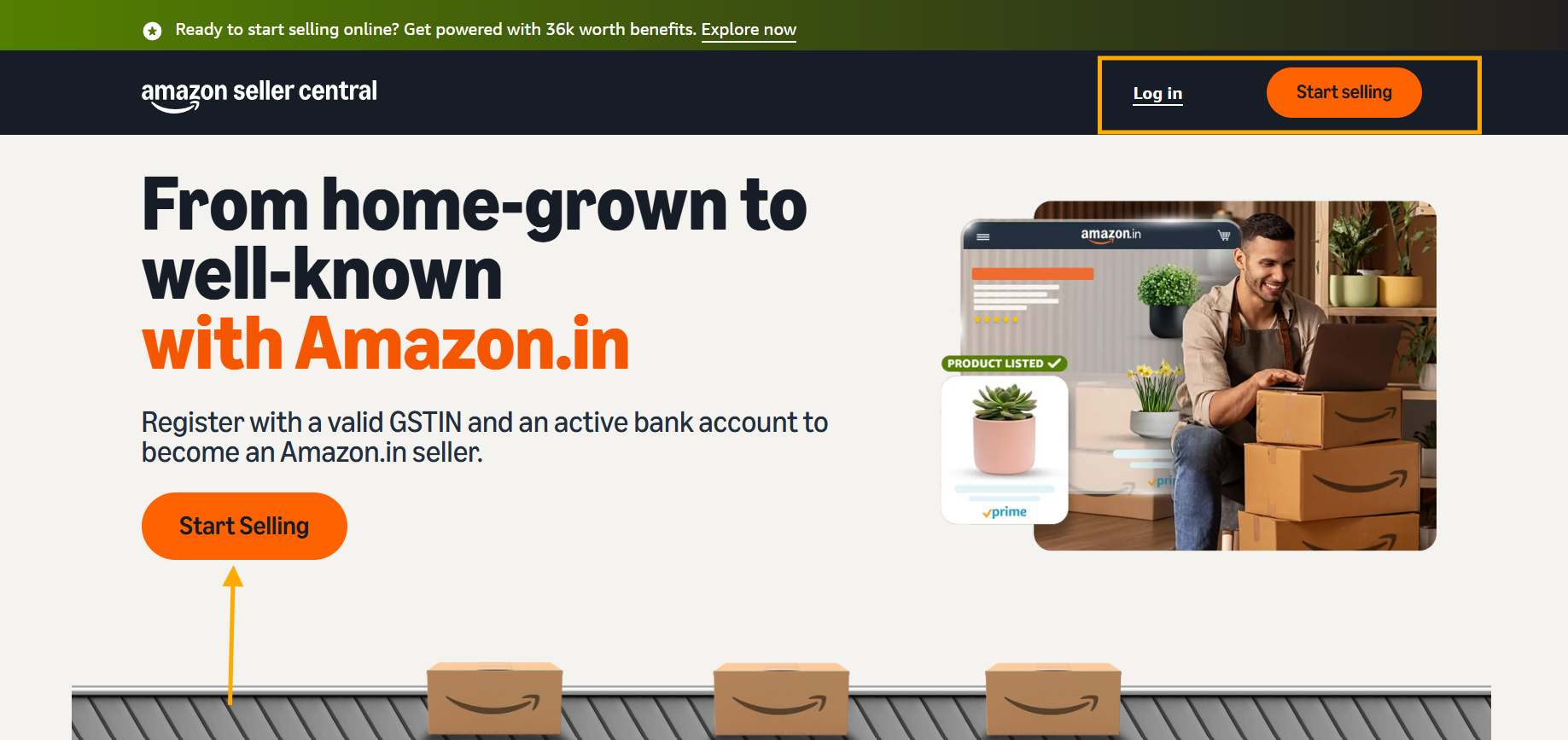
Go to the Amazon Seller Central page and then click on Start Selling. Provided that you already have an Amazon customer account, you can use those details to log in and start the seller registration process. Otherwise, choose to create a new Amazon account.

Step 3: Share Your Business and Personal Information.
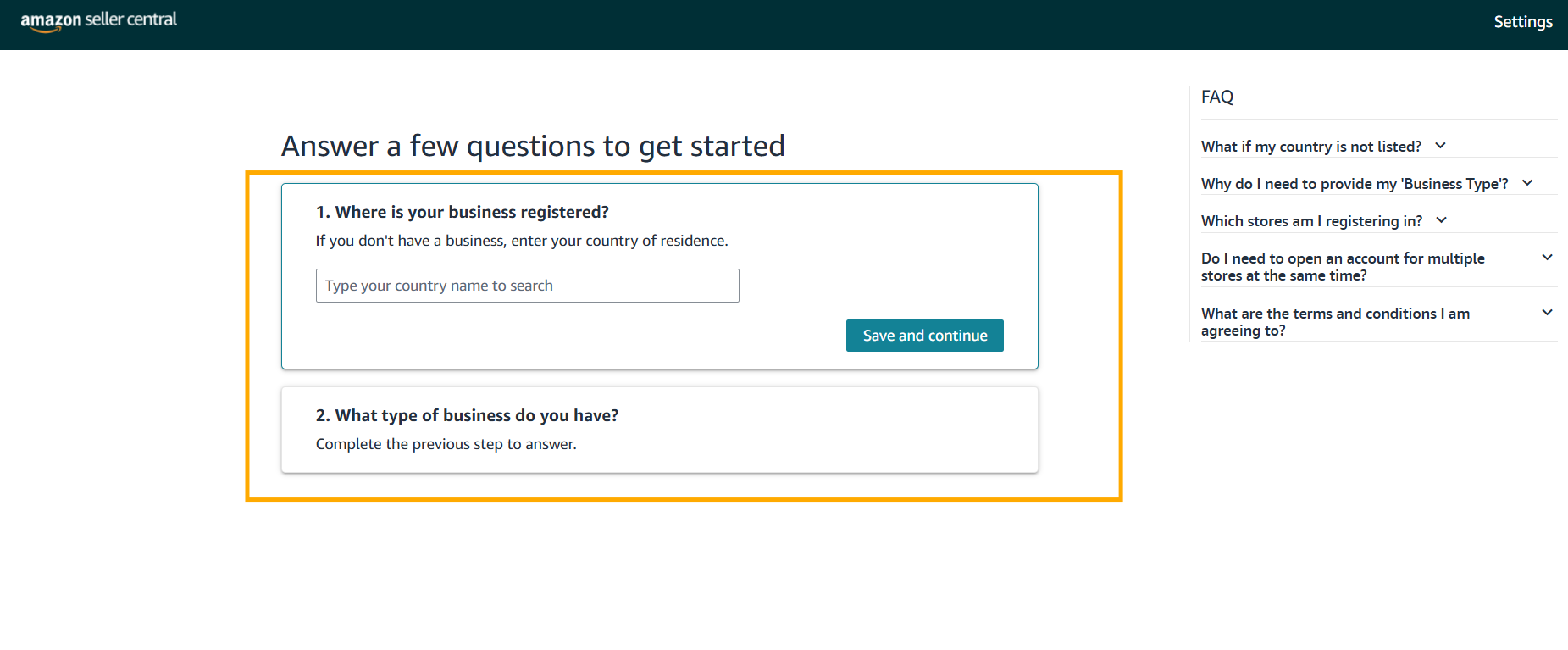
You will be asked to provide some information related to your name and business, such as business type and name (e.g., Privately-owned business, Individual). Then, add your own data and a working phone number, which will be confirmed by an OTP at Amazon. You will also input your billing and bank account details to get the sales payment.
Understanding Amazon's Policies
To price successfully on Amazon, you need to consider platform fees. This consists of a 5-17% referral fee on each sale (10.5-17% on t-shirts) and variable FBA fees, which typically range from $3.72 to $3.99 per item. To be profitable, you must factor these costs into your pricing.
Amazon has strict content policies that must be strictly followed. The platform has a zero-tolerance policy towards copyright infringement, trademark violations, and offensive content. One infraction will cause a suspension of your account immediately, and it is important to be very careful when creating your listings, as it will cause your business to be suspended.
Lastly, having a high performance score is essential to your visibility. To have a healthy account, keep your Order Defect Rate at less than 4% and your cancellation rate at less than 2.5%. Achieving them will have a direct effect on whether or not you are the winner of the Buy Box and exposure to more customers.
Designing T-shirts That Sell
The business of your business is your designs. They should be exclusive, fashionable, and trendy.
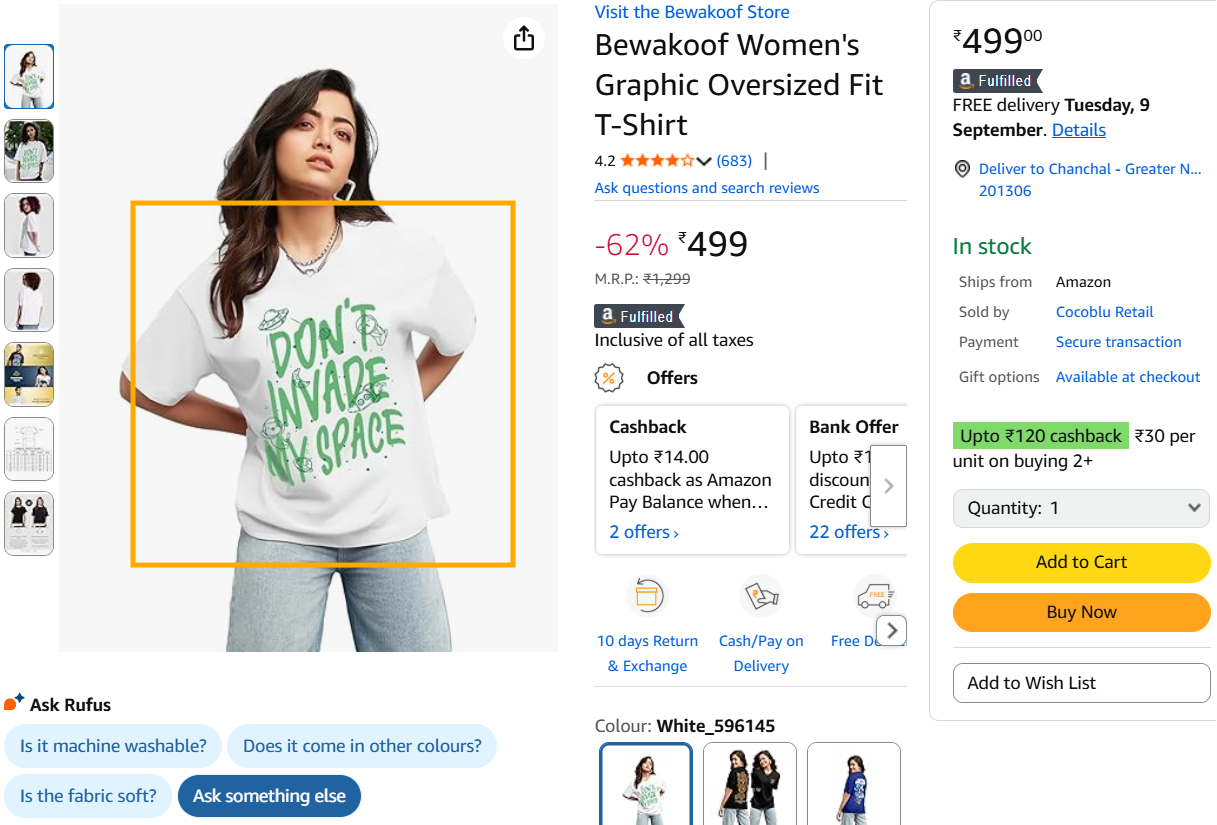
Research Profitable Niches
The trend indicates that vintage, anime, eco-friendly, and pet-lover designs are the most popular patterns, as they resonate with loyal and passionate followings.
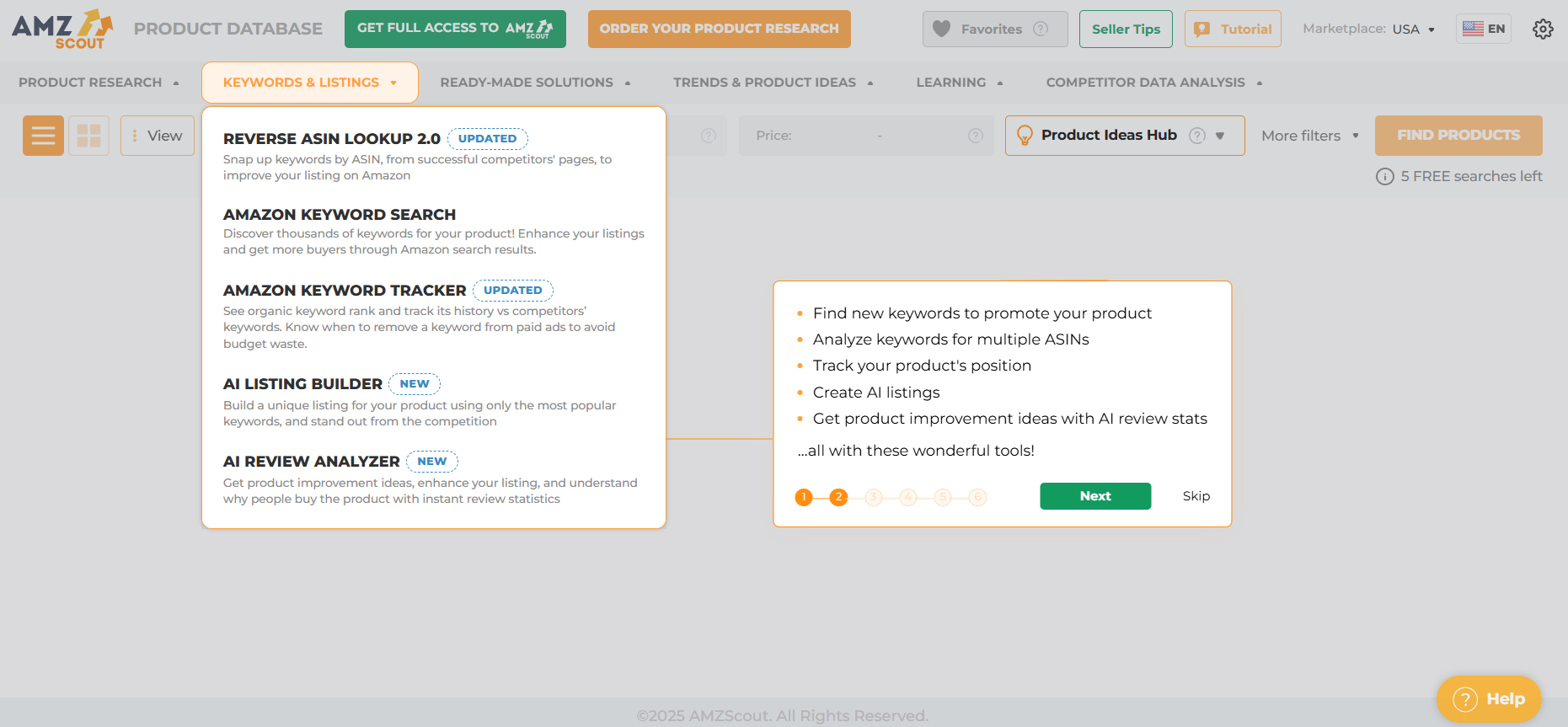
Invest in such tools as EverBee, Helium 10, and AMZScout to identify those niches. These tools will reveal what other people are doing and what the market is missing.
Use the search recommendations on Amazon to see what the customers actually want. To illustrate the importance of specificity, a niche query such as 'dragonfly tee' can yield more than 8,753 sales per month at $ 18.99.
Designing Unique and Trendy T-Shirts
Software: Adobe Illustrator ($22.99/month) is the industry leader among professionals. To have something easy to use, Canva Pro ($12.99/month) is a good option. A free Design Maker is also available on many POD providers such as Printful.
File Requirements: The file must be in PNG format, with a resolution of at least 300 DPI. A suggested size is 4500x5400 pixels. This makes sure that your design is crisp when printed.
Legalities: Legal issues may arise when using commercially licensed fonts, such as Google Fonts or Adobe Fonts.
Best Practices: It is important to remember that customers view your design as a small thumbnail to start with. Apply some simple composition rules, such as the rule of thirds. Create a uniform brand style to gain recognition. Limit your designs to the normal printable size of 12x16 and remember the psychology of colors: red is urgent, blue is trust, green is nature.
Professional T-shirt Mockups with Modor
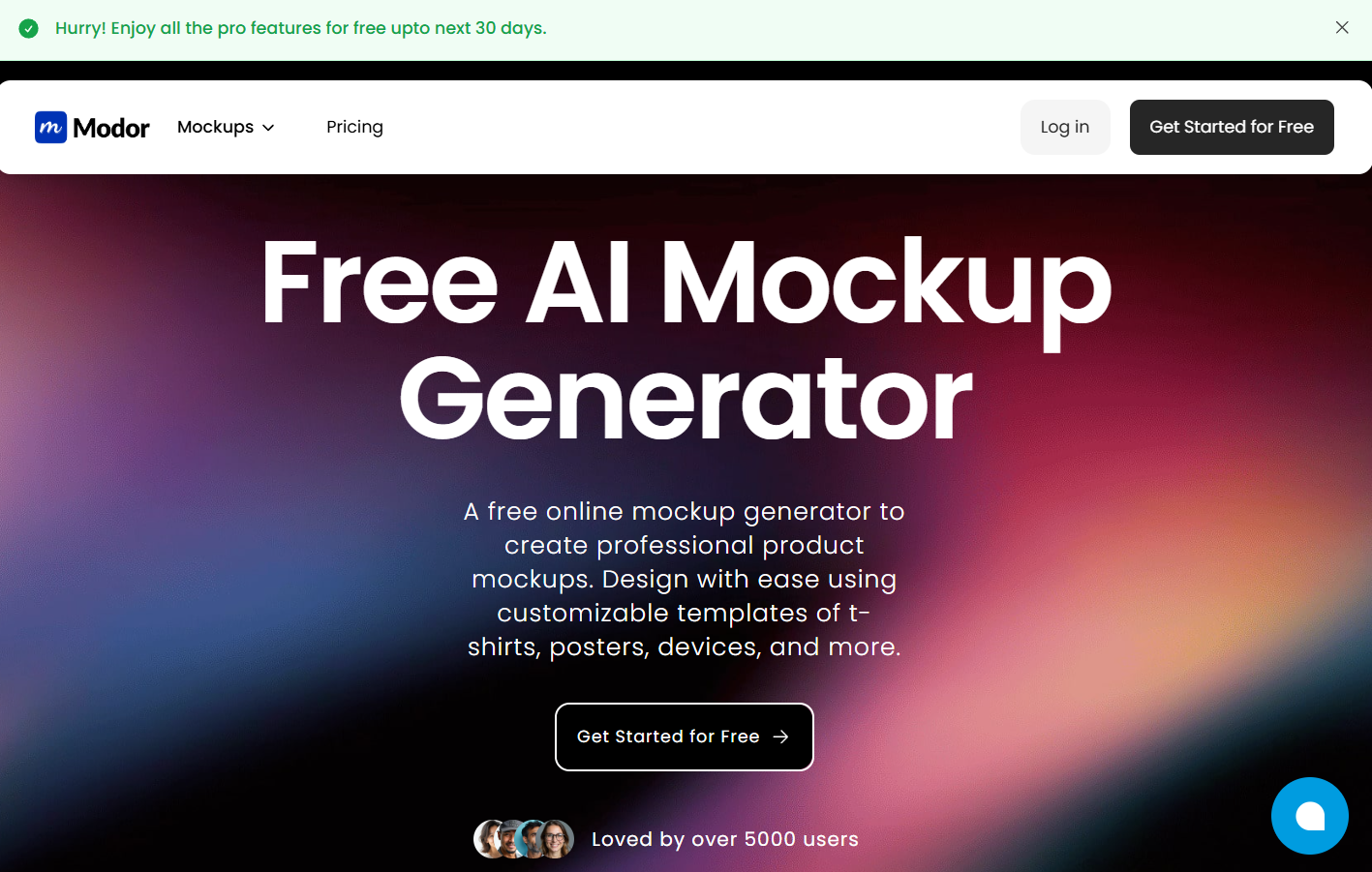
Good T-shirt images are essential to success on Amazon. Given that your customers are not able to touch your t-shirts, professional mockups help close the gap between your online design and a physical product.
Modor is an AI-powered web-based mockup generator. Modor offers professional, ultra-realistic, customizable mockups at a fraction of the cost of a photoshoot.
Create an account: Visit modor.io and sign up with Google or email. If you already have an account, log in with your saved credentials.
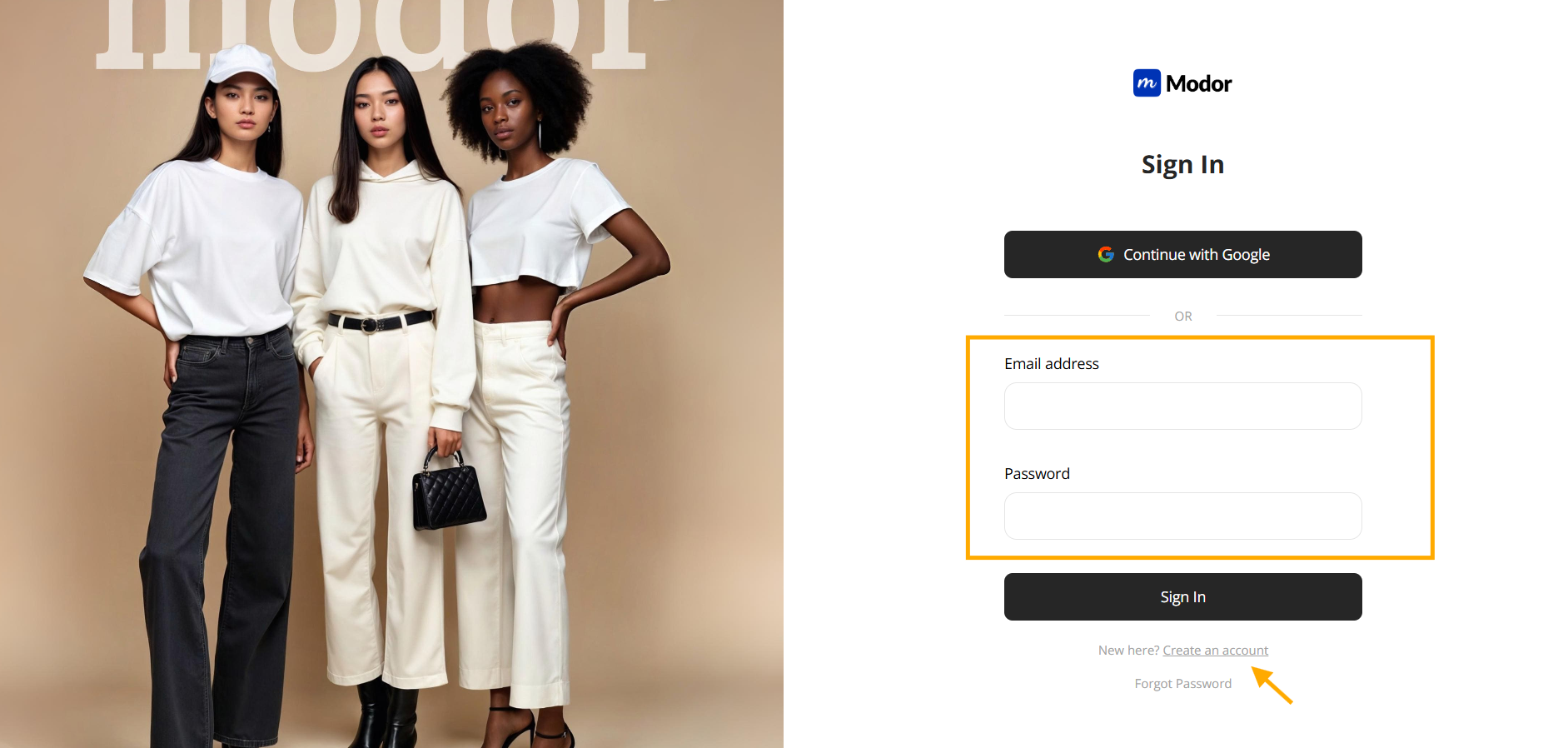
Select a template: Select among a wide range of templates, such as flat lays and model-created shots. Adjust the size as required by Amazon.

Upload your design: In this step, you will upload your t-shirt design onto the t-shirt template you chose.
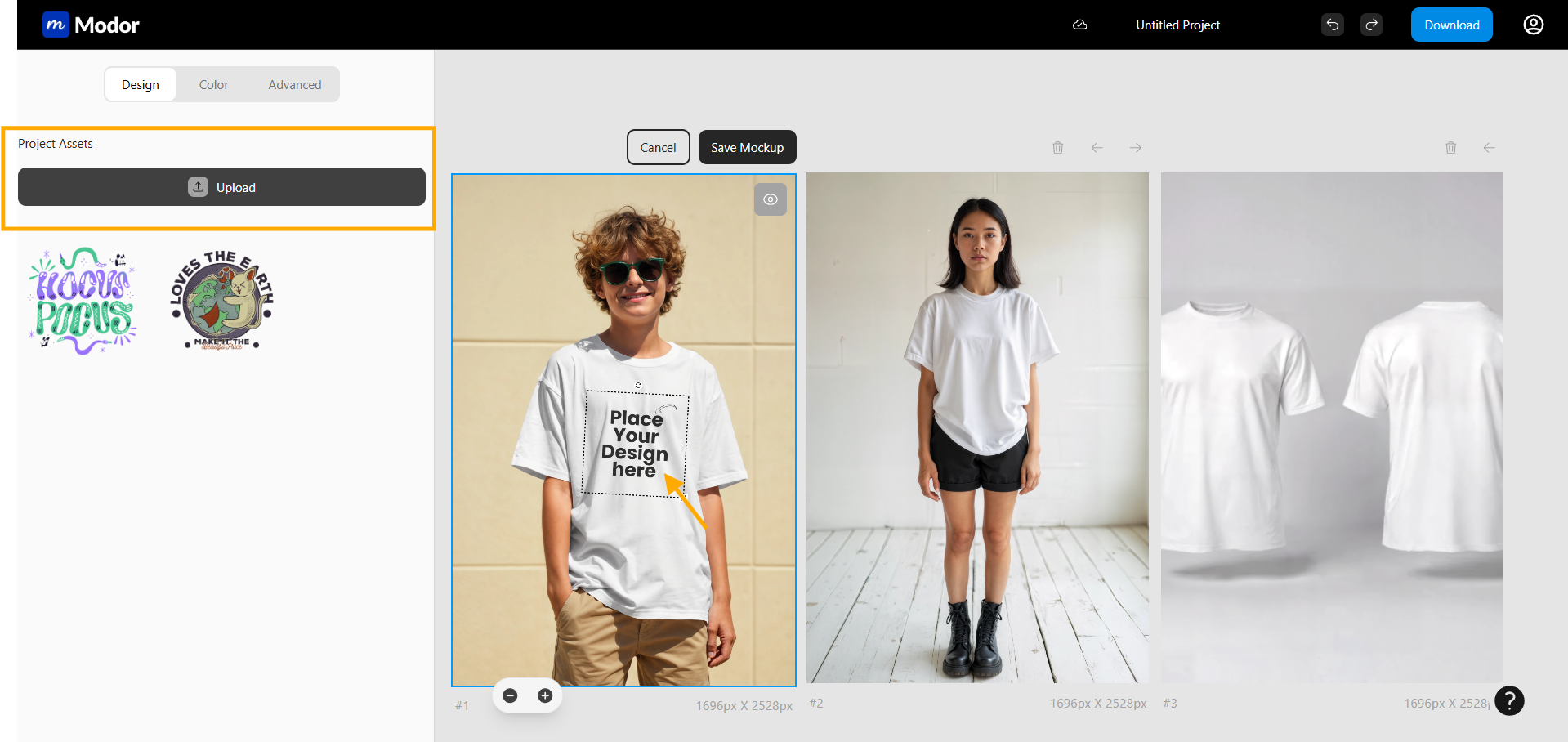
Customize your mockup: After uploading your t-shirt design, change the color of your mockup as per your needs. Go with your brand palette colors as they help in preserving your brand identity.
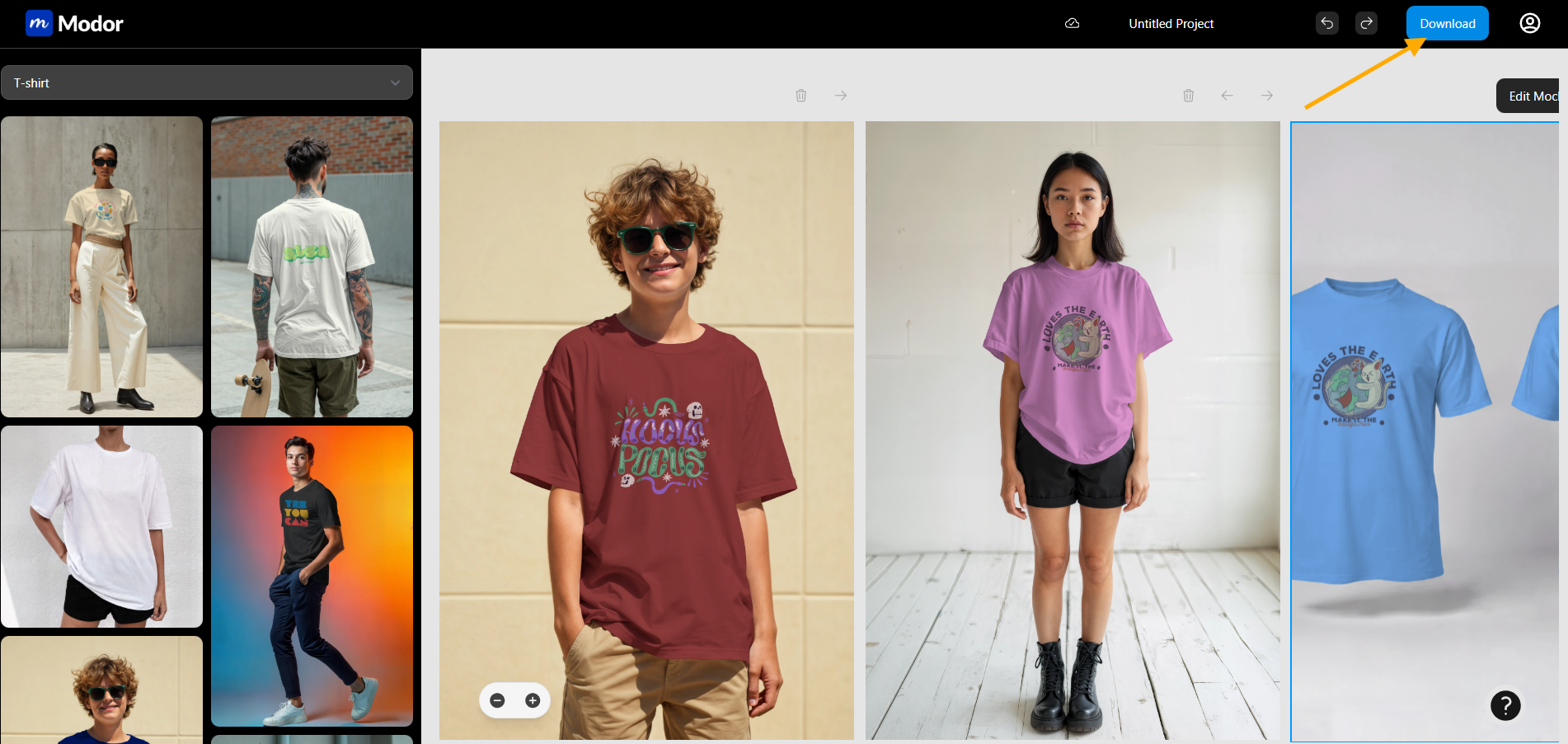
Download your design: Export your finalised t-shirt mockup in high-resolution JPG or PNG format.
Your main product image should use a white background (a requirement at Amazon), and your secondary images in the lifestyle backgrounds should narrate your brand story.
Create Winning Product Listings
An excellent product requires an excellent listing.
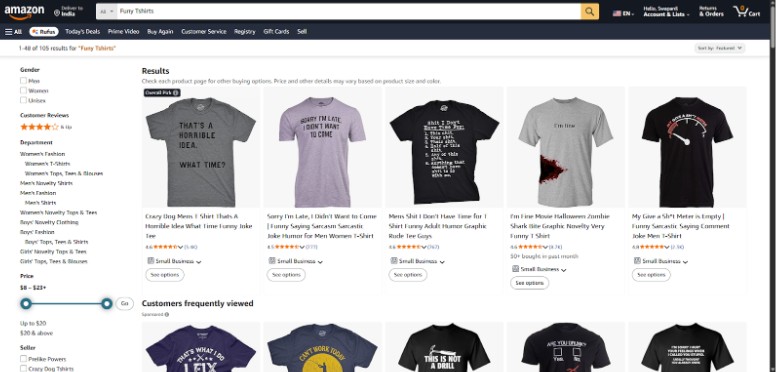
Writing SEO-Optimized Titles and Descriptions
SEO-Optimized Titles: Take the formula: Brand + Key Descriptors + Type of Product + Key Benefits. Keep it under 200 characters.
Keyword Strategy: Cerebro by Helium 10 is a tool that allows you to identify high-traffic keywords. Add more keywords (all 249 characters) to your backend so you can use them in your search that do not fit in your viewable areas.
Convincing Descriptions: Bullet points also make your description easy to read. Describe essential characteristics, advantages, and precautions.
Competitive Pricing Strategy for Your Amazon Store
Your prices need to be competitive and profitable. When developing an effective pricing strategy, one must start with an effort to find a price to sell at a profit by using the following formula:
(Production Cost + Amazon Fees + Desired Profit)/(1-Percentage of Total Fees). This is your financial benchmark.
Production cost: This is the combination of the cost of producing your t-shirt (materials, labor, packaging, etc.).
Amazon fees: Includes referral fees, FBA fees (if applicable), storage fees, and any other charges Amazon may impose.
Desired profit: This is the desired profit that you are willing to acquire per unit sold.
Percentage of total fees: Amazon charges a percentage of the selling price. This normally refers to the referral fee, and it can be different depending on the category (e.g., 15%).
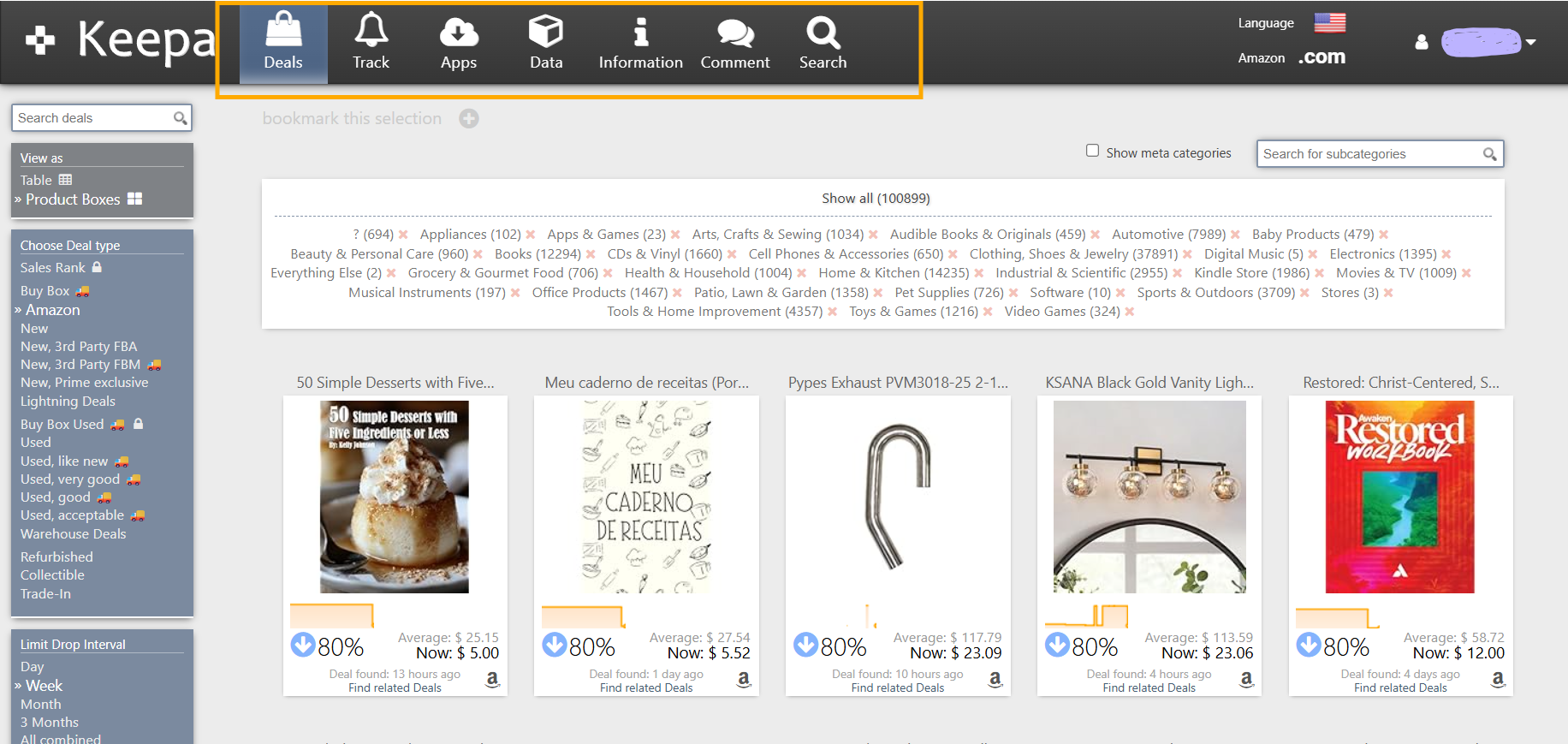
Then, do a competitive analysis using software such as Keepa to see how your competitors charge their goods over time so that your price is sustainable in the market.
Lastly, take advantage of psychological pricing to increase conversions. Prices with .99 or .95 are doing better. In the case of products such as t-shirts, the sweet spot is generally around the price range of $19 to $ 29, which conveys both cost-effectiveness and value to the consumer. A combination of these three factors will yield a robust and effective pricing model.
Market Your T-shirts with Amazon
A great listing isn't enough. You must create traffic for it.
Amazon PPC Advertising Campaigns

Begin with Sponsored Products to market single listings. Sponsored Display should be used to retarget, and Sponsored Brands should be used to improve brand awareness after you have Brand Registry.
Start with a daily budget of between $ 10 and $ 20 and adjust it depending on how you monitor your Advertising Cost of Sales (ACoS). This guarantees consistent low-cost development.
Test with auto campaigns to find new keywords and then make manual campaigns using broad, phrase, and exact match types to narrow down the target.
Create a free Storefront with Brand Registry and present your entire line of products. This brings professionalism and builds brand credibility.
Leveraging External Traffic
Social Media: Consider using Instagram to post visual content, TikTok to go viral, and Pinterest to discover. Publish backstage information, consumer photos, and fashion advice.
Influencers: Prefer micro-influencers (1K-100K followers) to endorse it genuinely and achieve a greater ROI.
Email Marketing: Build an email list to establish a long-term source of traffic that is not reliant on the Amazon algorithms.
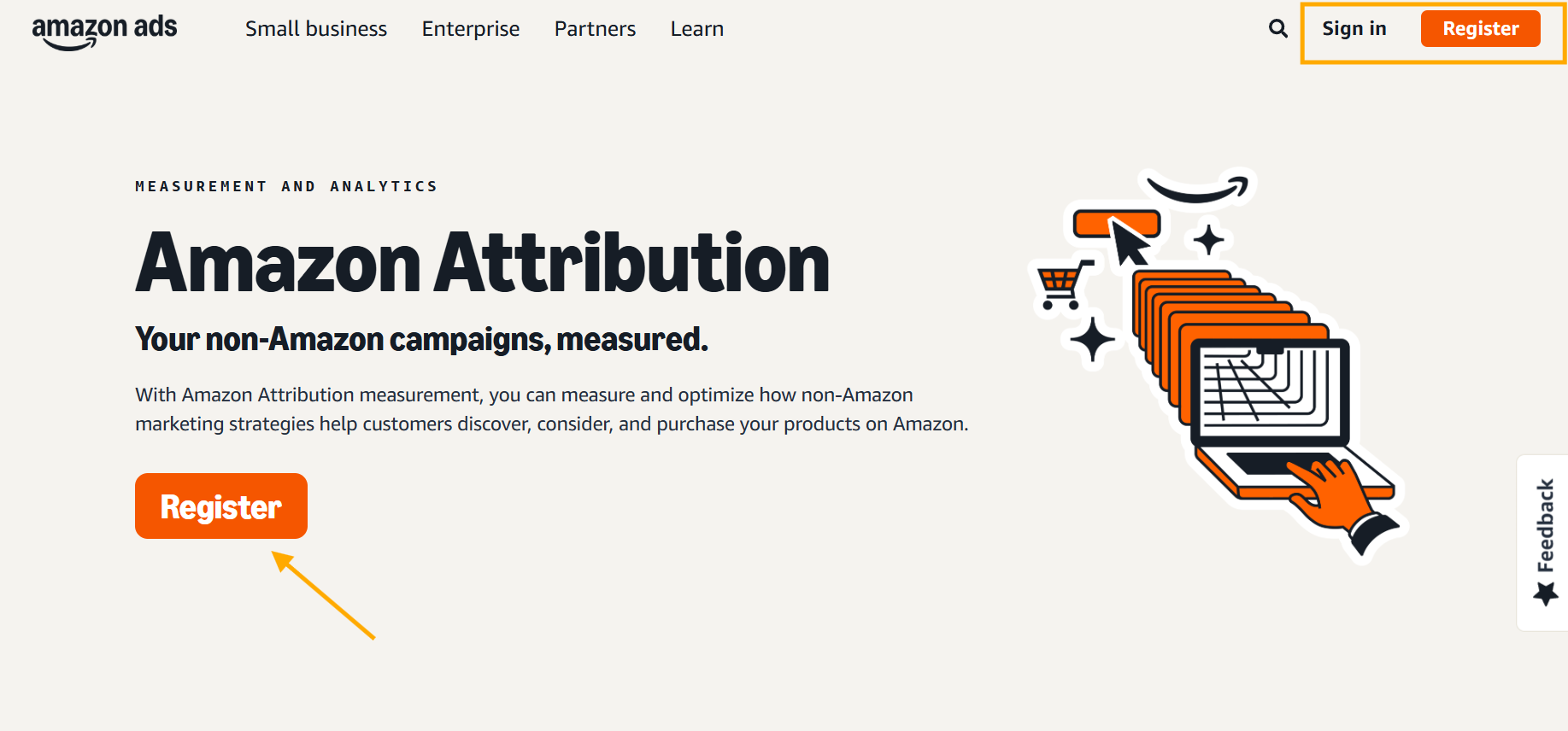
Amazon Attribution: This tool enables you to monitor the performance of your external traffic sources and identify the most profitable ones.
Building a Strong Brand
Key Metrics to Track and Monitor
Track Key Metrics: You can track your sales, operational, and advertising metrics with tools such as SellerBoard. All your business decisions will be made based on this data.
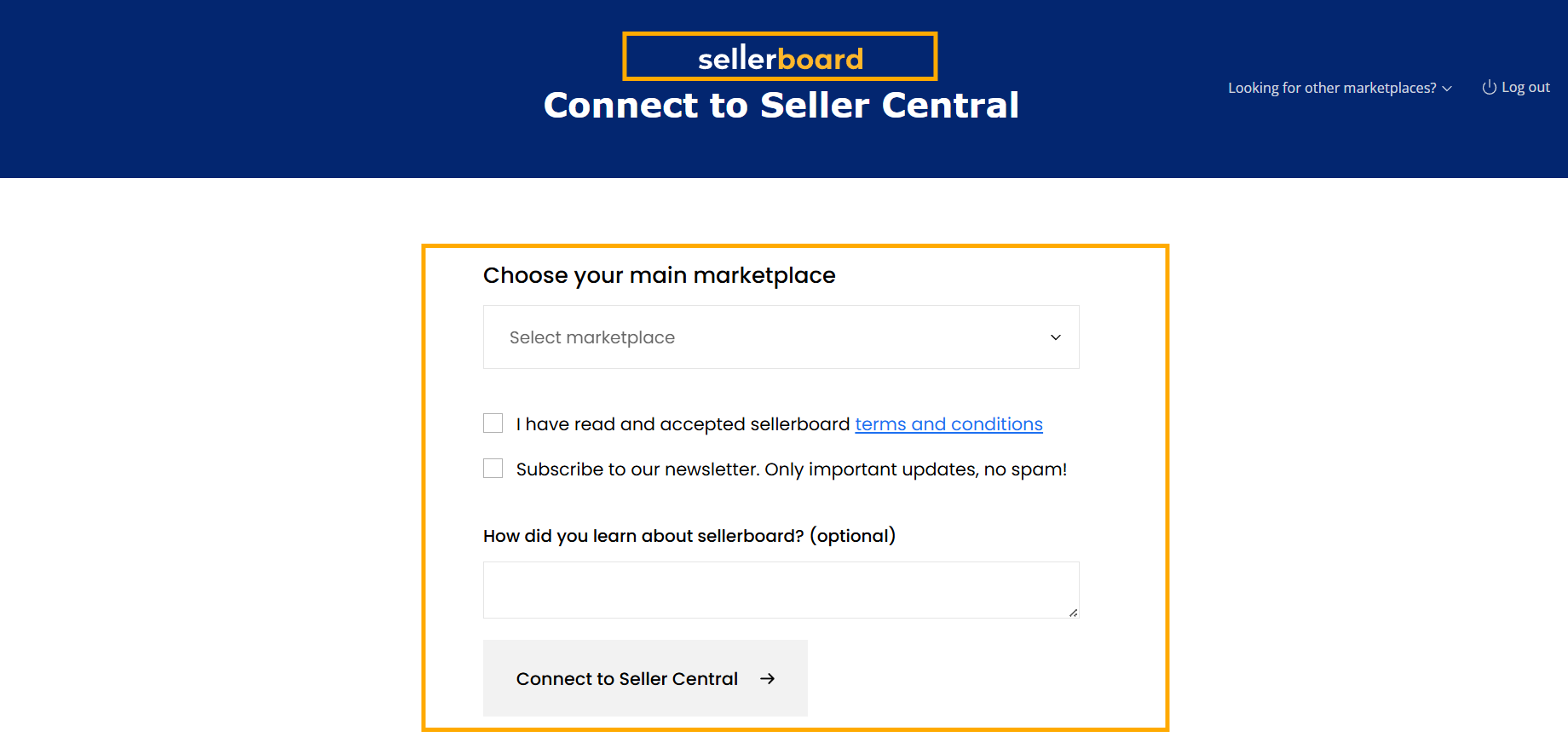
Manage Reviews: Deliver high-quality customer service to get organic five-star reviews. Be professional to any feedback (good, bad, and ugly) and show potential customers that you care.
Scale Smartly: You should reinvest your profits back into your business to do advertising and new designs. Consider adding other platforms, such as Etsy and Shopify, to increase revenue streams. You can even outsource virtual assistants to do the customer care, among other activities, so that you can concentrate on development.
Learn to Scale Your Business Effectively
The next thing after you have a stable T-shirt business is to scale up. Start with product differentiation, such as new designs, colors, or sizes, and venture into overseas markets to expand your reach.
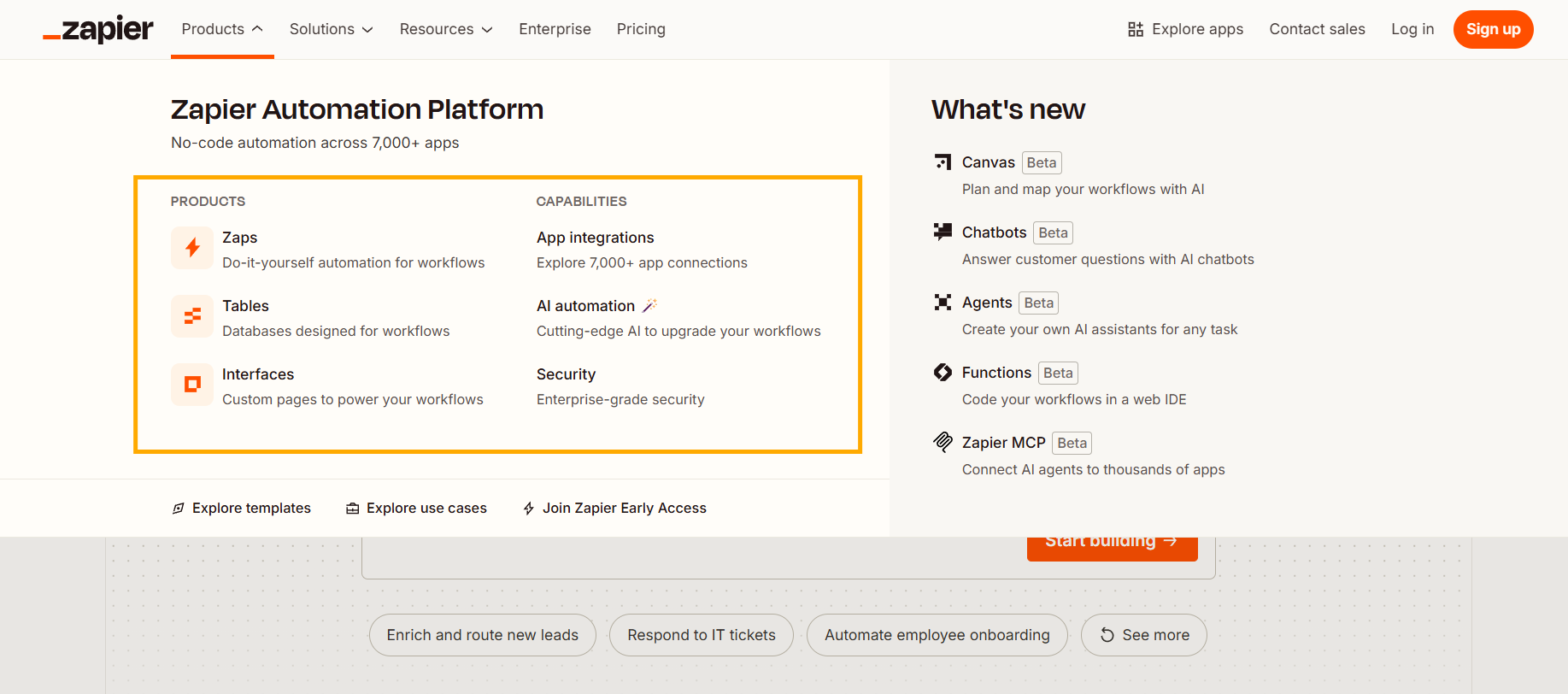
Hire virtual assistants to provide customer support or designers to come up with new ideas so you can focus on more strategic decisions. Enhance efficiency by automating routine activities with tools like Zapier or Amazon Seller Central APIs.
Branch out into markets such as Etsy or Shopify. Above all, plow back profits into inventory and advertising to spur the growth of compounds. Establish specific objectives and aim for 20 - 30% monthly growth in the mature phase.
Final Thoughts
Amazon is a marathon and not a sprint. The ones that succeed are entrepreneurs who take it seriously, treating it like a business, work hard, learn and continue learning, and stick to quality. Concentrate on branding rather than on selling a product.
Make decisions that are informed by data and never underestimate the power of a satisfied customer. The Amazon environment is in a continuous state of flux. Yet, with proper determination and flexibility, the moment to develop a successful t-shirt business has never been more open.
FAQs
Is selling t-shirts on Amazon profitable?
Yes, it is possible to sell t-shirts on Amazon and make a profit. Print-on-demand models will be profitable with profit margins of 40-60%, much higher than traditional retail. On average, Amazon sellers report a yearly revenue of more than $230,000; however, this amount depends on the work and approach taken.
How do I start selling clothes on Amazon?
Here’s the shortened version: Start by creating a seller account (Professional Plan: $39.99/month) with complete ID, tax, and bank verification. Use tools like Helium 10 or AMZScout to find profitable niches (vintage, anime, seasonal). Design high-quality files in Canva or Illustrator (300 DPI, PNG, correct dimensions). Partner with print-on-demand services like Printful, Printify, or Gooten to handle production without inventory risk.
How do I sell my t-shirt online?
To sell t-shirts online, focus on presentation and marketing: optimize listings with keyword research (Helium 10), create professional mockups (Modor.io), price strategically ($19–$29 with .99 endings), and drive sales through Amazon PPC plus Instagram, TikTok, and Pinterest marketing.
Is selling t-shirts online profitable?
Selling t-shirts online is profitable, with the 2025 market at $46.99B. Print-on-demand offers 40-60% margins without inventory costs. Expect 1-3 months of learning, 4-8 months of growth, and $5K-$20K+ per month by months 9-12. Budget $400-$1,200 monthly for tools, ads, and fees.